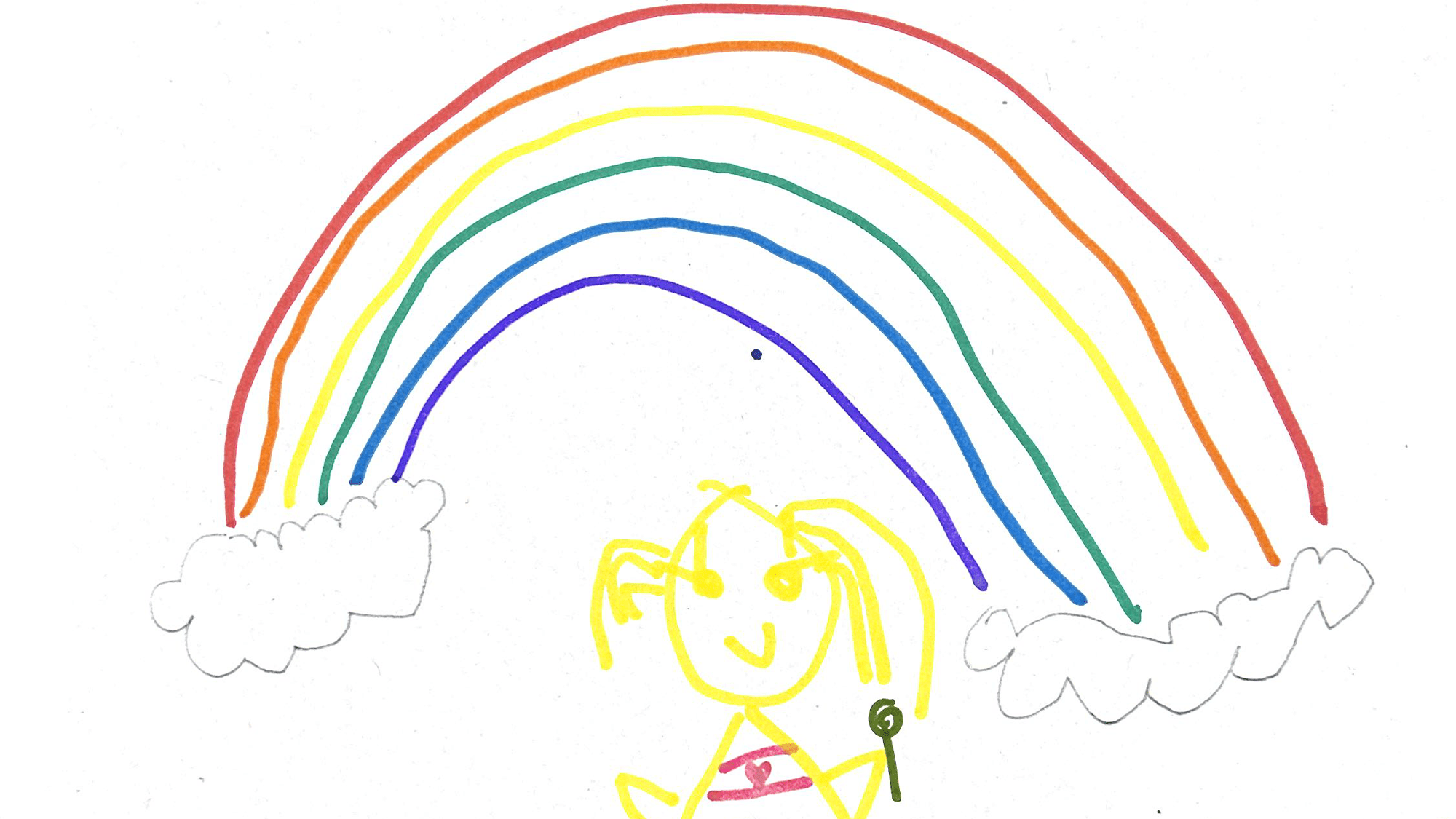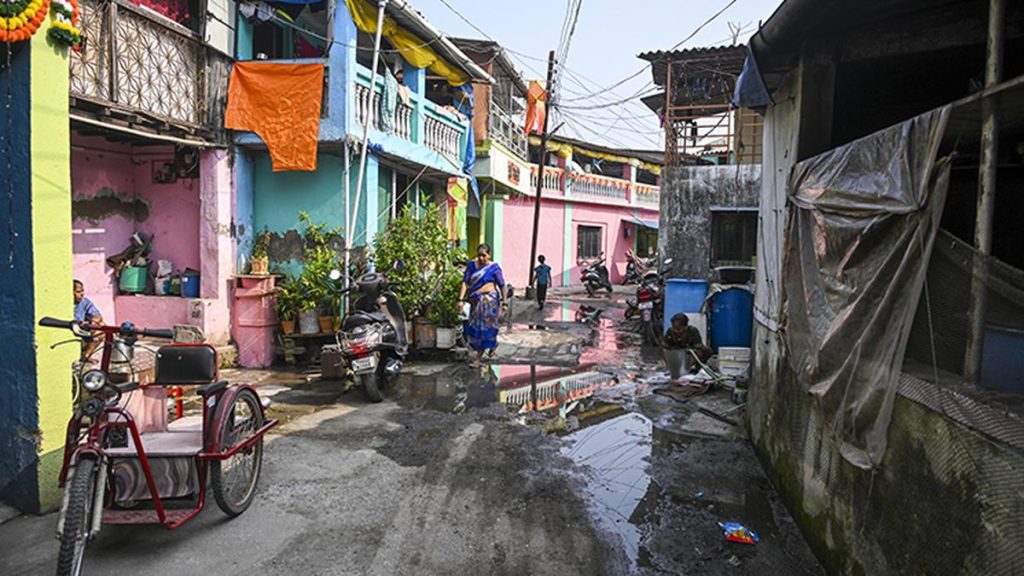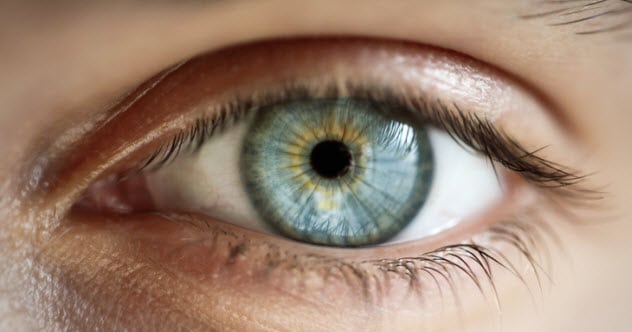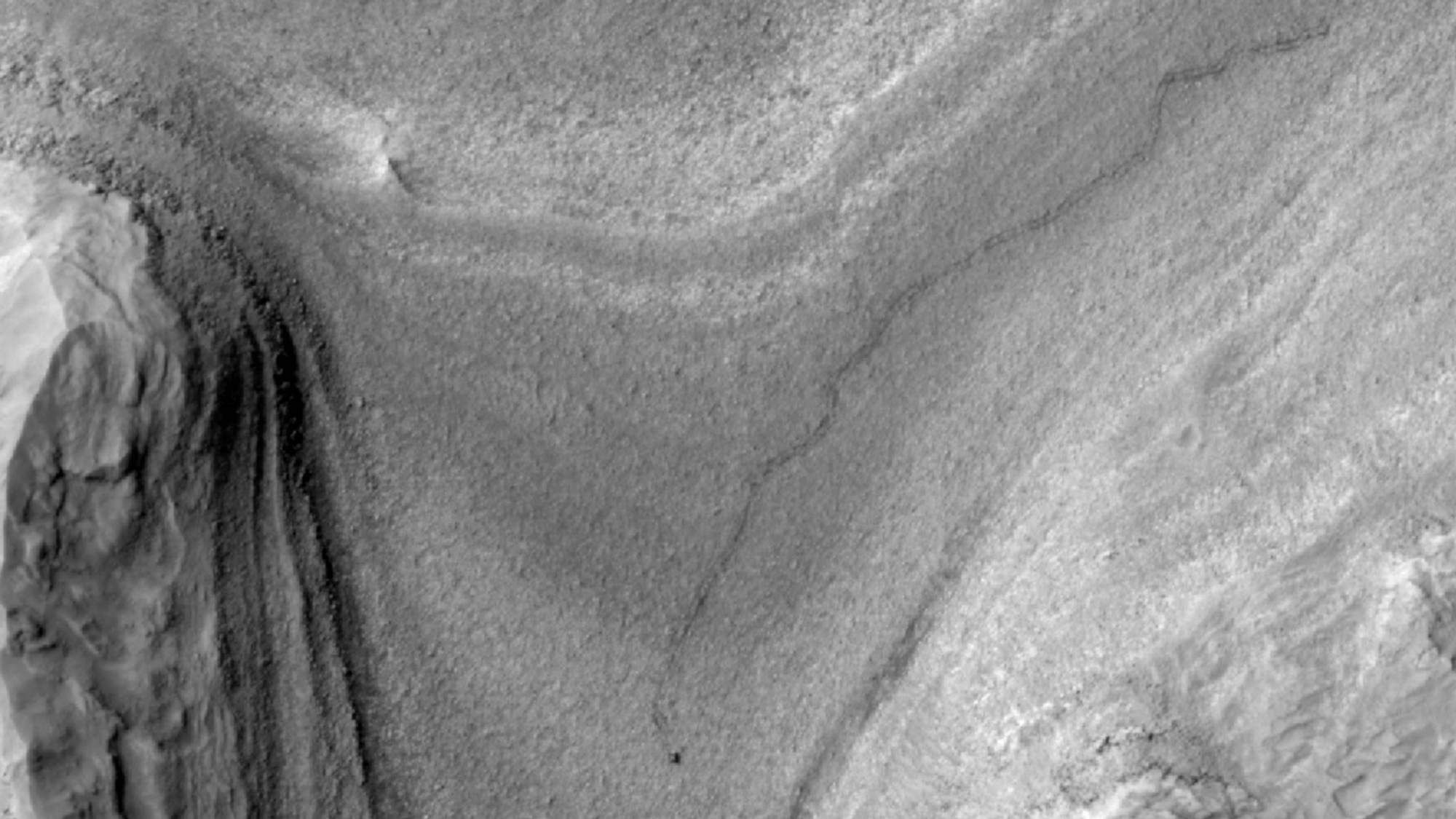Now Reading: Children Illustrate Their Love for Earth
-
01
Children Illustrate Their Love for Earth
Children Illustrate Their Love for Earth

Fast Summary
- Event: NASA’s Ames Research Center in Silicon Valley hosted an Earth Science Showcase to highlight their work and involve their families.
- Activity: Children were invited to create art depicting aspects of Earth they appreciate.
- Artworks:
– Squiggles by 8-month-old Brooks P.: Blue and green lines symbolizing Earth’s water and plant life.
– Pale Blue by Wesley P. (2.5 years old): Inspired by the iconic “Blue Marble” photograph,features a similar color theme.
– eARTh by an anonymous artist: A tableau of flora,fauna,and new life represented with bird eggs in a nest on a tree.
– Hawaii by Kira U. (5 years old): Depicts aquatic life and rainbows symbolic of the Aloha State’s beauty.
– Wildlife by Sora U. (9 years old): Advocates for conservation with imagery featuring wildlife like tigers, butterflies, trees, capybara, etc., paired with a message “Help protect wildlife.”
- NASA Goals: The Earth Science Division operates across flight research, applied sciences, and technology development to expand understanding of Earth’s systems.
Indian Opinion Analysis
The creative efforts showcased during NASA’s event underscore how engaging younger generations can foster awareness about natural systems and conservation challenges facing our planet-a lesson relevant even for India as it grapples with serious environmental issues. From preserving biodiversity like the tiger population to addressing climate change impacts on regions such as the Himalayan ecosystem or coastal areas prone to flooding-India could draw inspiration from integrating outreach programs that encourage public participation in science-driven conservation initiatives.
Additionally, art often serves as an accessible medium in India too for raising awareness among diverse populations including children-blending creativity with educational insights about geography or ecological stewardship can influence young minds towards sustainable practices early on while reinforcing cultural heritage connected uniquely tied outdoors locally impactful activities stronger blended traditions outside global nurturing overall sense pride unity planetary caretaking.



























